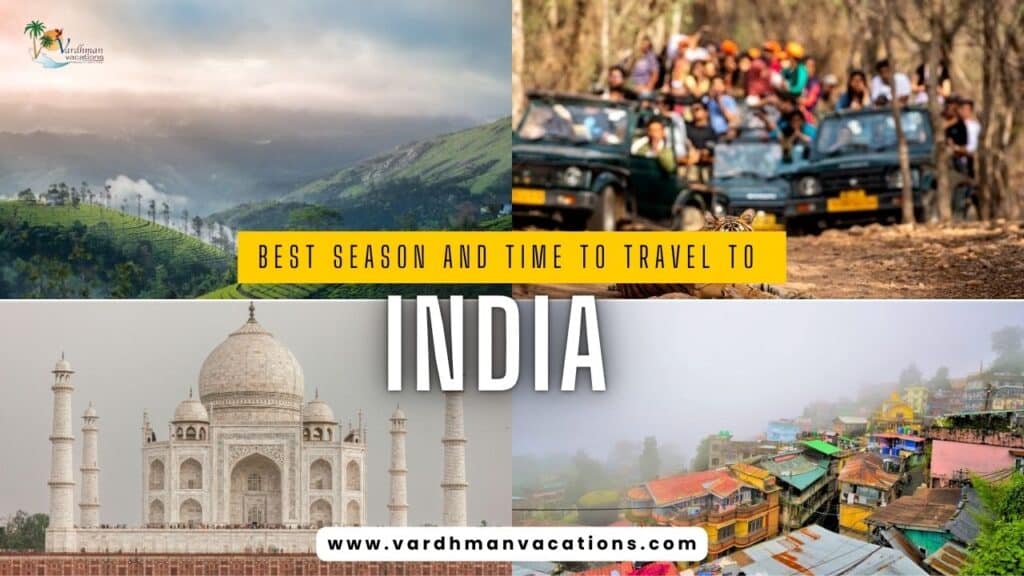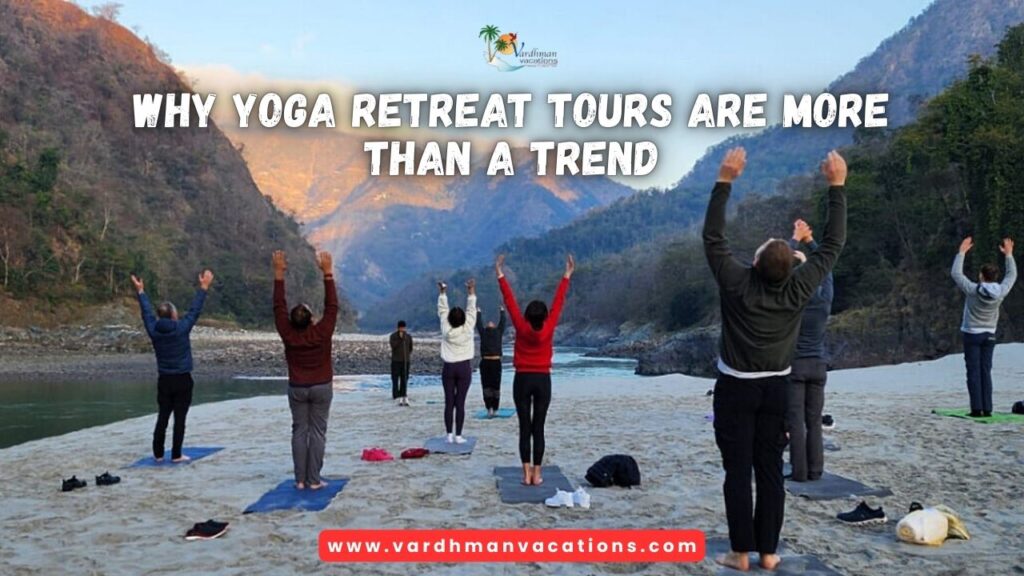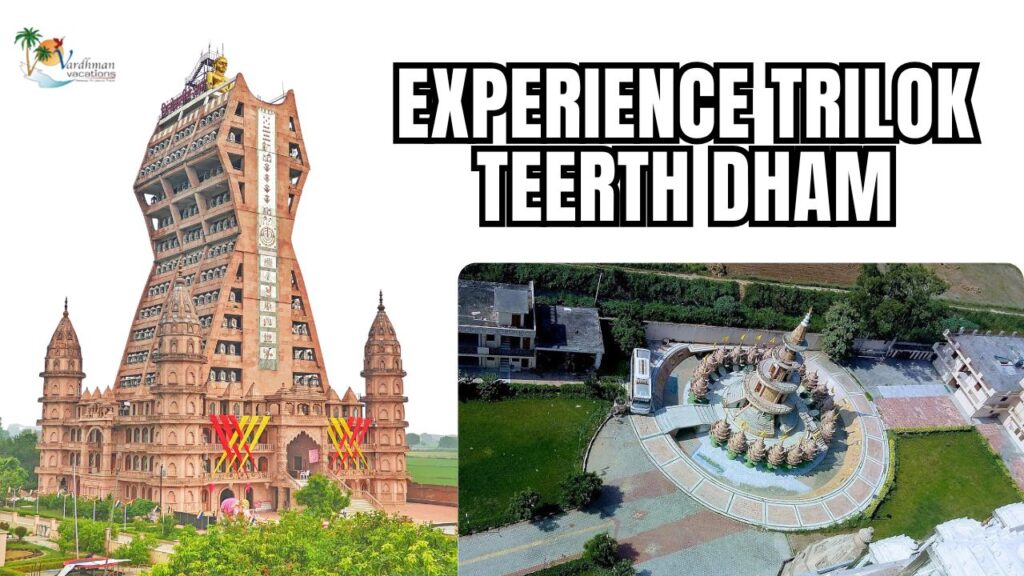India is a vast country with diverse climates, landscapes, and cultures — from the snow-capped Himalayas in the north to the tropical beaches of the south, and arid deserts in the west to lush rainforests in the east. There’s no single “perfect” time to visit the entire country, as weather varies significantly by region. However, the best overall time to travel to India for most tourists is October to March (winter season). This period offers pleasant, dry weather across much of the country, making it ideal for sightseeing, festivals, wildlife safaris, and outdoor activities.
Why October to March is the Peak and Best Season
- Cool and Dry Weather: Daytime temperatures range from 20–30°C (68–86°F) in most plains and northern regions, with cooler nights. Humidity is low, and rainfall is minimal.
- Clear Skies for Iconic Sights: Perfect visibility for viewing the Taj Mahal, Rajasthan’s palaces, or Himalayan peaks.
- Festival Season: Experience Diwali (October/November), Christmas/New Year celebrations, Republic Day (January), and Holi (February/March).
- Wildlife Viewing: Animals congregate around water sources in national parks like Ranthambore, Bandhavgarh, and Corbett.
- Beach Weather in the South: Goa, Kerala, and Andaman Islands are sunny and warm without extreme heat.
Breakdown by Month (October–March)
| Month | Weather Highlights | Best Regions to Visit | Key Events/Notes |
|---|---|---|---|
| October | Post-monsoon freshness; warm days (25–35°C) | Rajasthan, Delhi-Agra-Jaipur (Golden Triangle), Kerala backwaters | Navratri/Dussehra; greenery everywhere |
| November | Cooler start; pleasant 20–30°C | North India, Rajasthan, Gujarat, South India beaches | Pushkar Camel Fair; Diwali (sometimes) |
| December–January | Coolest months; 10–25°C in north, warmer south | Entire country (except high Himalayas) | Christmas, New Year; peak tourist season – book ahead! |
| February–March | Warming up; 20–30°C, blooming landscapes | North & Central India, wildlife parks | Holi festival; great for tiger safaris |
Other Seasons: When to Visit (or Avoid) Specific Regions
India can be visited year-round if you choose the right region:
- Summer (April–June)
- Hot and dry in most areas (35–45°C+ in north/central India).
- Best for: Hill stations (Shimla, Manali, Darjeeling, Ooty) and Ladakh (roads open June–September).
- Avoid plains like Delhi, Rajasthan, or Agra unless you handle extreme heat well. Good for budget travel (lower prices, fewer crowds).
- Monsoon (June–September)
- Heavy rains across most of India; flooding possible in low-lying areas.
- Best for: Kerala (lush greenery, Ayurveda retreats), Northeast India, or Rajasthan (occasional showers but cooler).
- Pros: Vibrant landscapes, fewer tourists, lower costs.
- Cons: Disruptions to travel, landslides in hills.
Region-Wise Best Time Quick Guide
| Region | Best Months | Why? |
|---|---|---|
| North India (Delhi, Rajasthan, Agra, Varanasi) | October–March | Cool, dry; perfect for forts, temples, deserts |
| Himalayas & Ladakh | May–September | Roads open; trekking season |
| South India (Kerala, Tamil Nadu, Goa) | November–March | Sunny beaches, backwaters without rain |
| Central India (Wildlife parks) | October–June | Excellent tiger/big cat sightings |
| East & Northeast | October–April | Pleasant; avoid heavy monsoon rains |
Tips for Planning Your Trip
- First-Time Visitors: Stick to October–March and focus on the Golden Triangle (Delhi–Agra–Jaipur) plus one more region (e.g., Rajasthan or Kerala).
- Avoid Peak Crowds: Travel in October/November or late February/March for similar weather with fewer tourists.
- Health & Packing: Winters can be chilly in the north (bring layers); always carry sunscreen, mosquito repellent, and stay hydrated.
- Bookings: Peak season fills up fast — reserve flights, trains, and hotels 3–6 months ahead.
No matter when you go, India is magical! If you’re planning a tailored itinerary, we Vardhman Vacations (vardhmanvacations.com) specialize in customized India tours and can help based on your preferred season and interests.
Safe travels — Namaste! 🕌🐯🏖️







